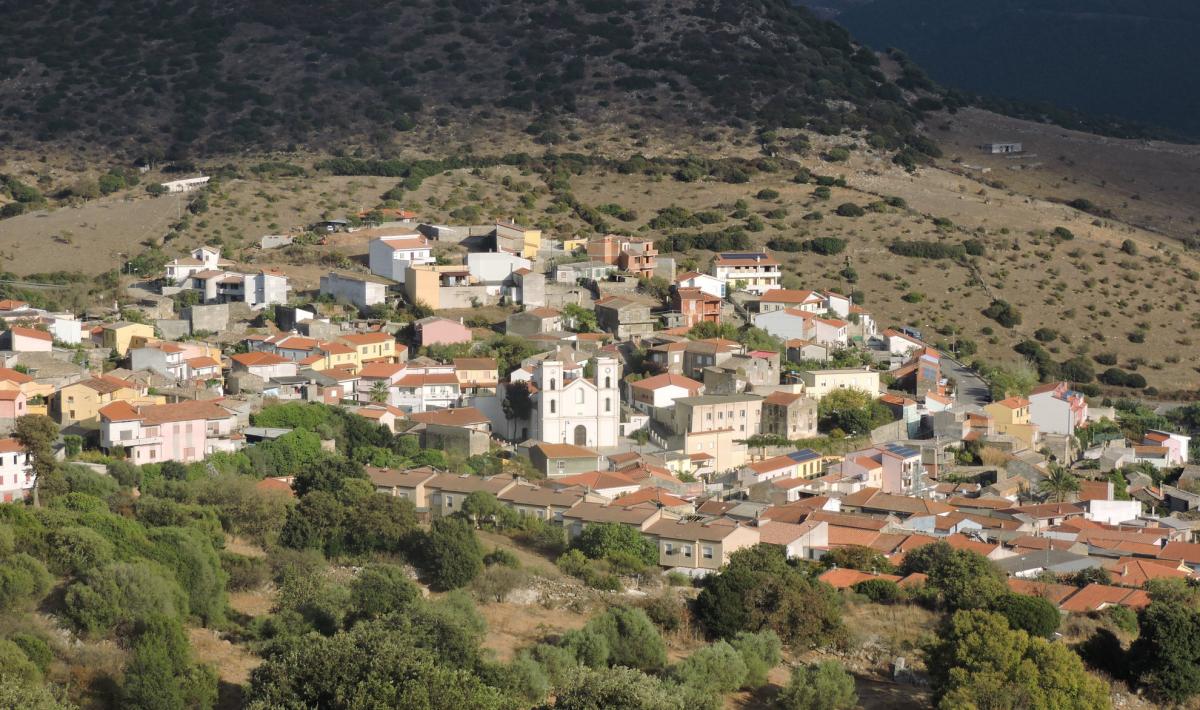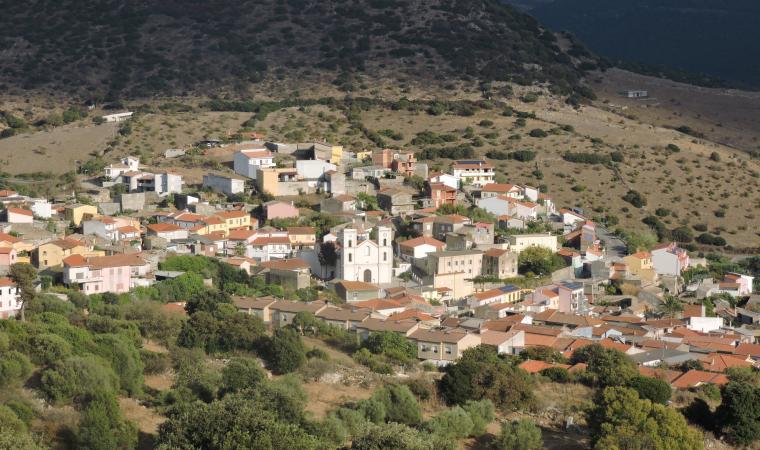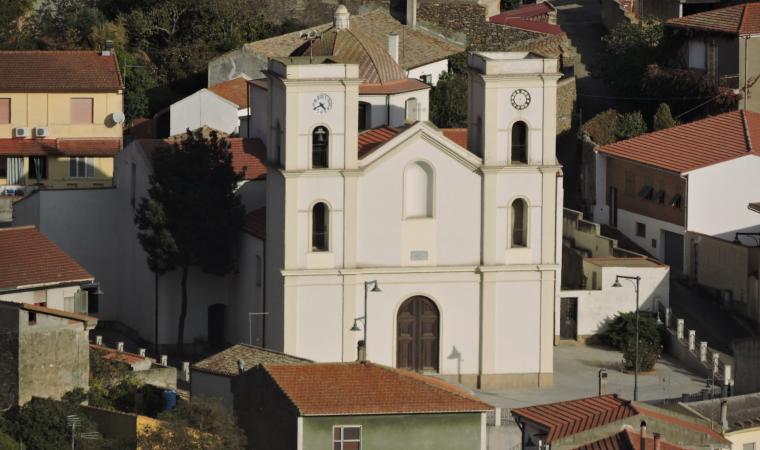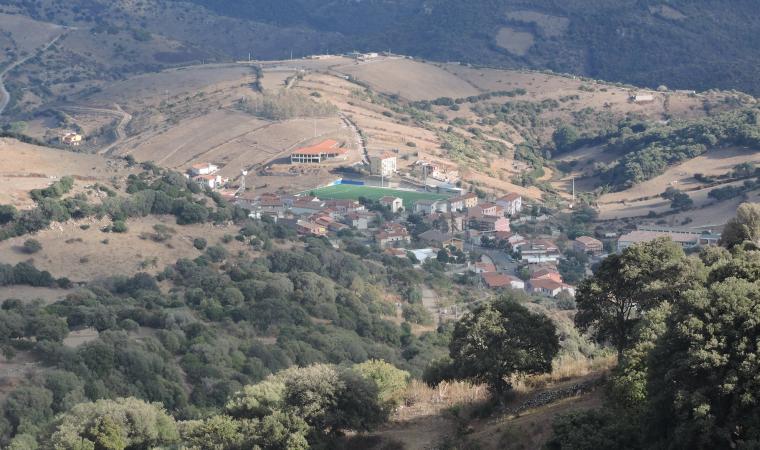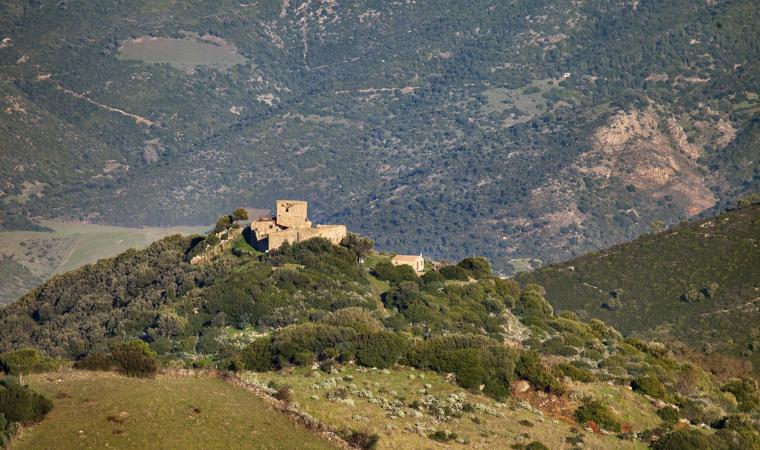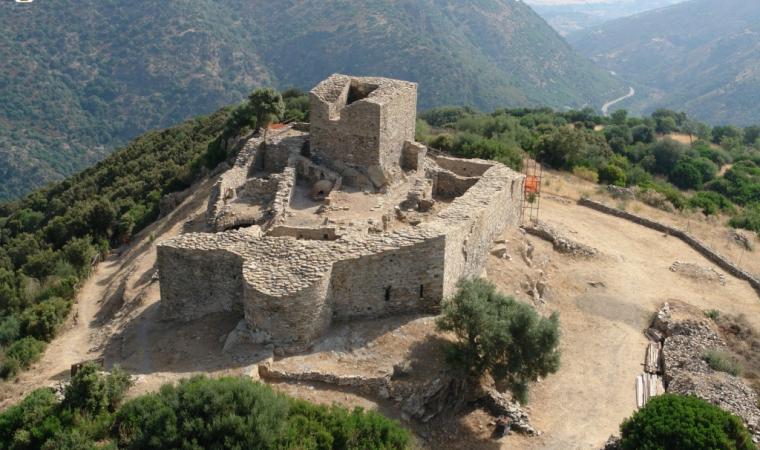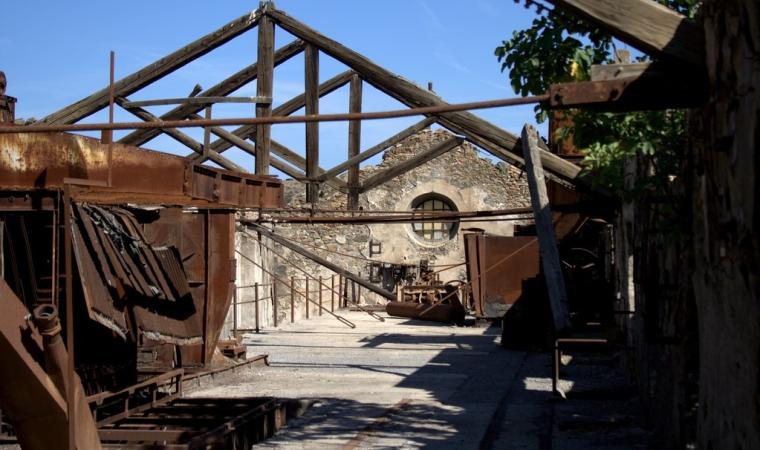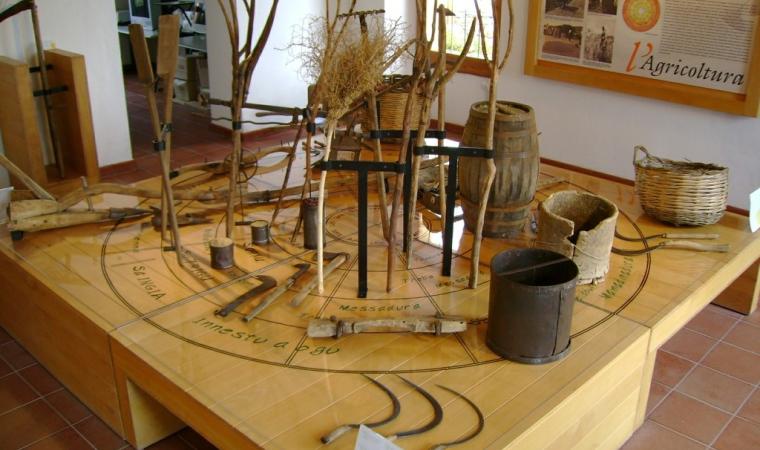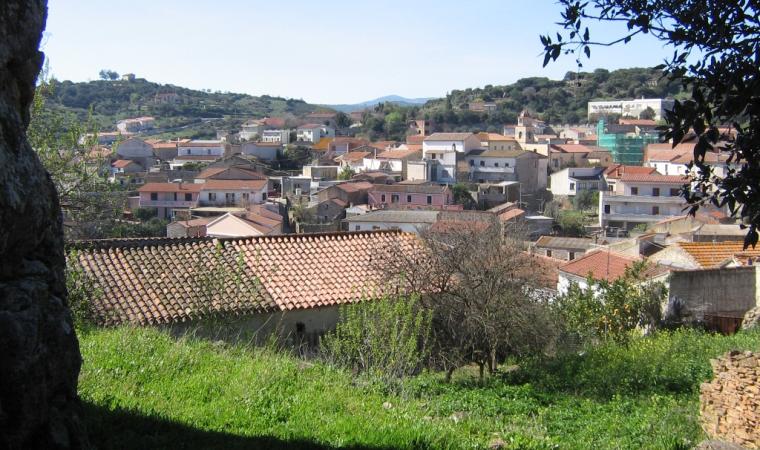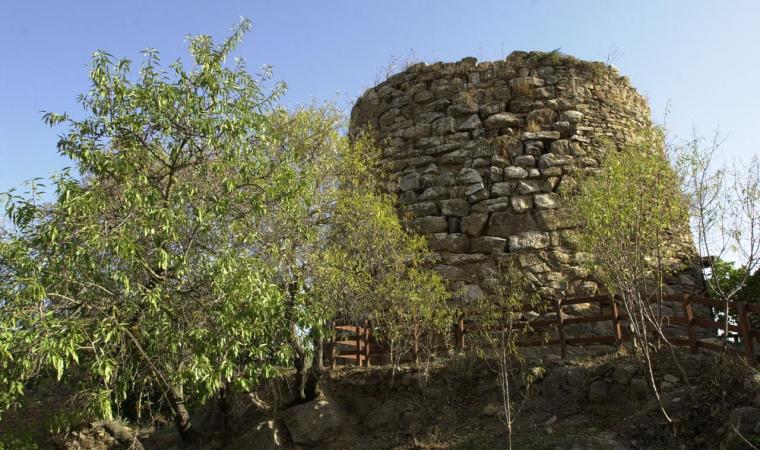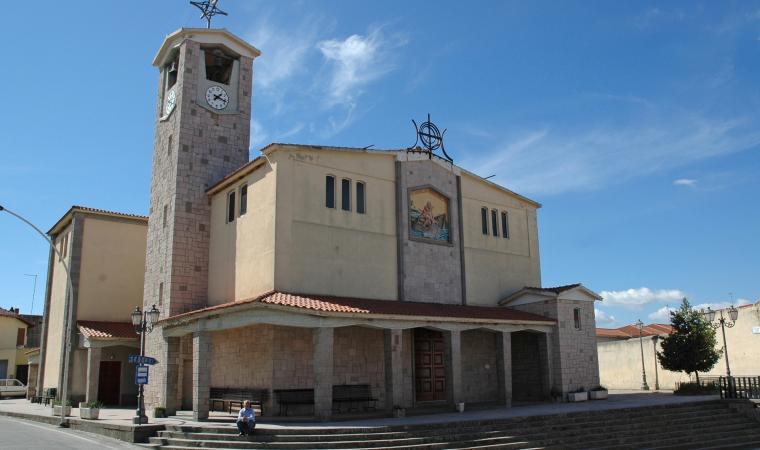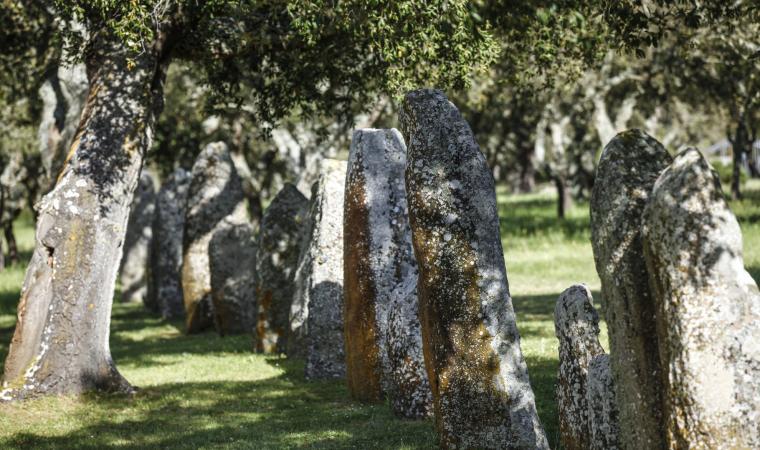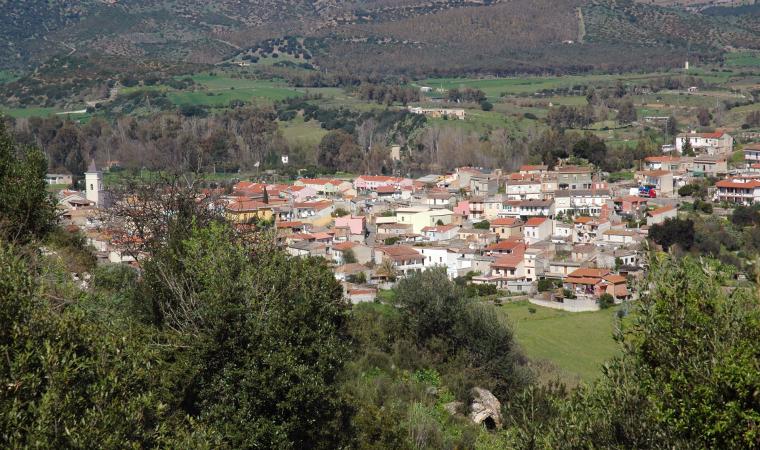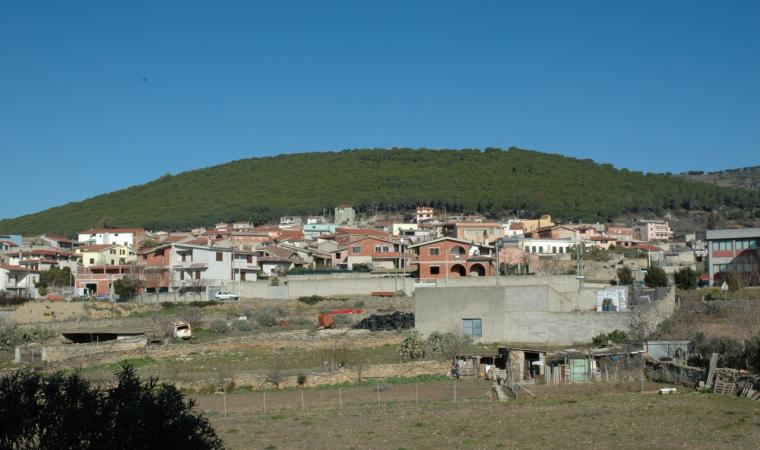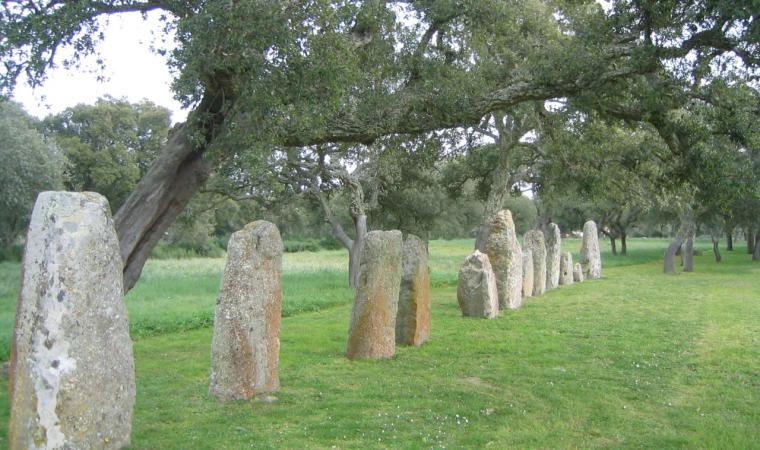San Nicolò Gerrei reaches 370 metres in altitude, in an area rich in plateaus, south of the river Flumendosa. Populated by 800 inhabitants, San Nicolò Gerrei is the main town in the territory from which derives its name, inhabited since the Neolithic period and with traces of well-established settlements in Carthaginian and Roman times. Farming and mining are the main sources of income, along with the cultivation of grains and vines. The name of the village also comes from the patron saint, Nicola, celebrated twice a year, in mid-May and early December. The existence of the current inhabited area is attested by documentary sources from the 13th century, it being referred to as Padule (or Pauli), names which remained in use until 1863. It derives from the Latin palus, with the inhabited area arising in a basin subject to stagnation and containing numerous springs.
Until the mid-16th century, Gerrei was covered with forests and called Galilla, in the ancient site of the Galillenses who in 69 AD - as evidenced by the large bronze inscription Esterzili tablet - were forced to withdraw from these territories. Considered to have descended from the pre-Nuragic and Nuragic peoples, from which derive the megalithic circle of Mnt’Ixi, the Nuragic Monti Taccu and Su Nuraxi, the great sacred hut of Forreddus and three sacred springs, including the well-preserved Su Musuleu. Noted 19th-century archaeologists speak of Su Putzu de Santu Lacci, a well temple about four kilometres from the town. Behind it gushed a spring of water collected in a well, perhaps once a sanctuary facing towards the ‘healing’ divinity. In 1861, a relic was discovered in its ruins that bought fame to San Nicolò - a bronze column base with trilingual inscription (Latin, Greek and Punic) from mid-2nd century BC. Originally, it was perhaps a crowned cylindrical altar. The three texts are a votive dedication - by a certain Cleon rendered thanks to the god Eshmun (correspondent to the Greek Asclepius and Latin Esculapio) for restored health. The presence of ruins and fragments of ceramics at Santu Iacci ranging from the Nuragic to the Roman age and Punic coins proves that the spring was in continuous use. Today, there are no traces of the temple. Whilst other important artefacts remain from the Roman era, including a treasure of almost 400 coins minted from between 117 and 251 AD, many Roman finds were brought to the Peninsula by the Savoy in the 19th century. One example is an ornately-sculpted Pentelic marble sarcophagus - Apollo the Citharist is represented, accompanied by Athena and surrounded by the nine Muses - amongst the most beautiful to have ever been found in Sardinia. It was first brought to Genoa, then, at the request of Carlo Felice, transferred to a castle in Piedmont. In 1915, the canonical Francesco Lecca made mention of another sarcophagus. The necropolis from which they came would have been discovered in 1932 in Bingia Manna.

